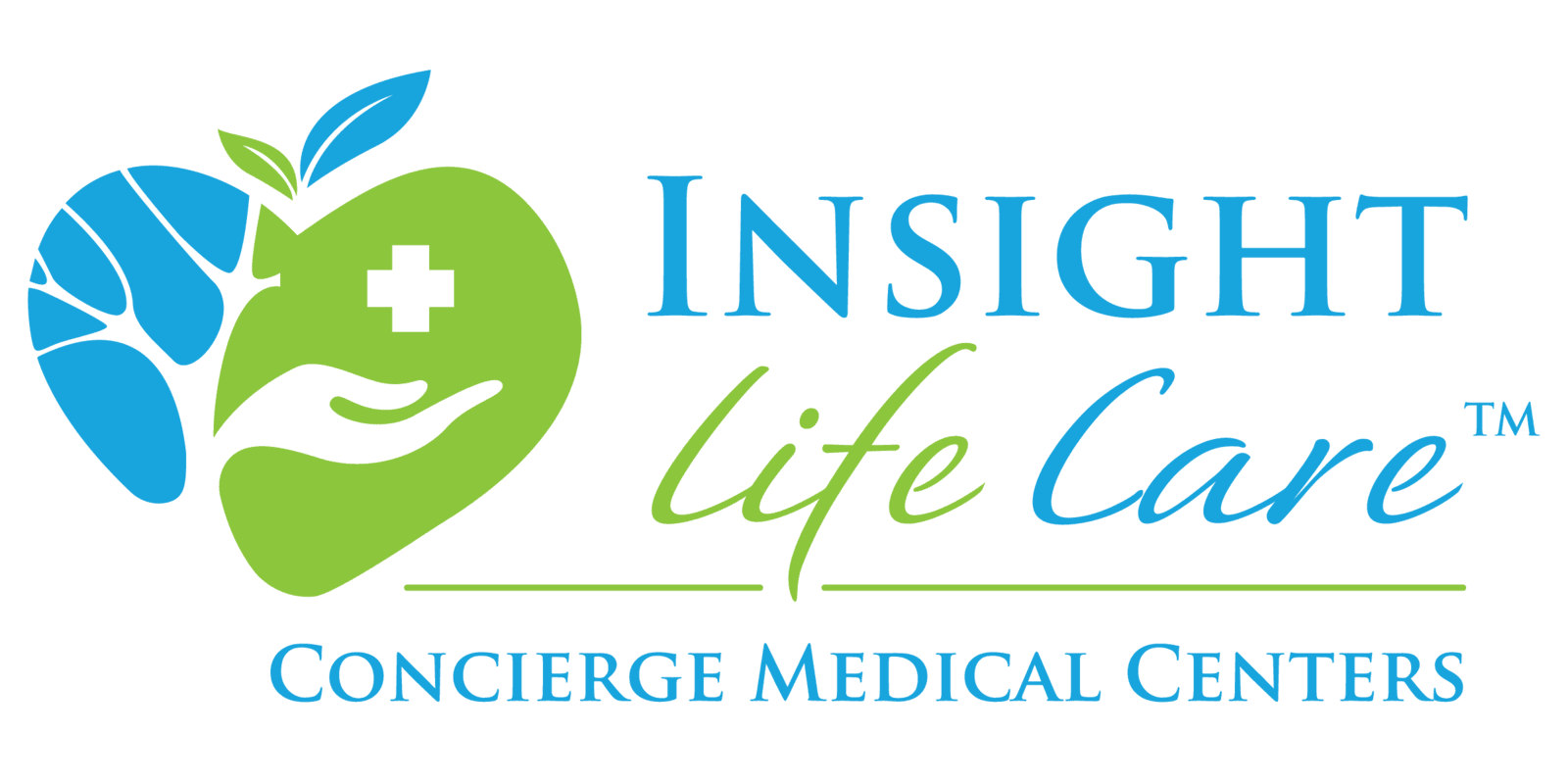October 4-10 is National Mental Illness Awareness Week
Millions of people are affected by mental illness each year. Across the country, many people just like you work, perform, create, compete, laugh, love, and inspire every day, with mental illness.
What is mental illness?
A mental illness is a medical condition disrupting a person’s thinking, feeling, mood, ability to relate to others, and daily functioning. It can be caused by trauma, chemical imbalance, genetics, and environment. A mental illness is not imaginary, something to get over, or a character flaw. Mental illness is very real and very common. One in four people will develop a mental illness in their lifetime. Luckily, most mental illnesses can be treated effectively with therapy, medication, diet, exercise, and support. Similar to physical illness, there are many different conditions; some of the most common are anxiety disorders, attention deficit/hyperactivity disorder, bipolar disorder, depression, eating disorders, obsessive compulsive disorder, postpartum depression, post traumatic stress disorder, and schizophrenia.
It’s important to understand how common mental illness is so we are better able to understand its physical, social, and economic impact, raise awareness, and advocate for better health care. The statistics below come from studies conducted by organizations such as Substance Abuse and Mental Health Services Administration (SAMHSA), Centers for Disease Control and Prevention (CDC) and the U.S. Department of Justice. You can click on each statistic to read the original study.
- 1 in 5 U.S. adults experience mental illness each year
- 1 in 6 U.S. youth aged 6-17 experience a mental health disorder each year
- 50% of all lifetime mental illness begins by age 14, and 75% by age 24
- 2nd leading cause of death among people aged 10-34
How does mental illness impact our communities?
- Mental illness and substance use disorders are involved in 1 out of every 8 emergency department visits by a U.S. adult (estimated 12 million visits)
- Mood disorders are the most common cause of hospitalization for all people in the U.S. under age 45 (after excluding hospitalization relating to pregnancy and birth)
- Across the U.S. economy, serious mental illness causes $193.2 billion in lost earnings each year
- 20.1% of people experiencing homelessness in the U.S. have a serious mental health condition
- 37% of adults incarcerated in the state and federal prison system have a diagnosed mental illness
- 70.4% of youth in the juvenile justice system have a diagnosed mental illness
- 41% of Veteran’s Health Administration patients have a diagnosed mental illness or substance use disorder
What can we do to help?
Education and communication are the cornerstones to destigmatizing mental illness and creating a culture that treats mental illness with the same significance as physical illness. Here are a few ways you and I can change the culture surrounding mental health:
- Educate yourself: The first step to understanding mental illnesses and how they affect people is to become educated. There are countless online resources for learning about different mental illnesses. A simple Google search can lead you to a plethora of information you can delve into with an open mind. Some of our favorite online resources are the National Alliance on Mental Illness (NAMI), the National Institute of Mental Health (NIMH), and the Anxiety and Depression Association of America (ADAA). NAMI offers free educational courses to anyone interested in learning more about mental illness. There are also countless blogs that you can find to read about people's individual experiences with mental illness.
- Talk openly and honestly: Sharing your story about mental illness or recovery from a mental illness can be empowering both for you and for others who are struggling with a mental illness. Use your story to prove that harmful stereotypes about mental illness are not true, and to encourage others to speak up and seek help. Take the first step in normalizing conversations regarding mental health treatment, such as taking medications or using therapy. You can share your own experiences of seeing a therapist or taking anti-depressants. Chances are you are surrounded by people who have similar experiences.
- Equalize physical and mental illness: Click here to take a look at this comic strip from the blog Robot Hugs. It captures the differences between the way we treat physical health problems and mental illnesses. It would be silly to tell someone with a severed hand to try changing their frame of mind to get better or to worry that a diabetic's long-term insulin use will "change who they really are." But these are the kinds of things people tell people with mental health problems all the time. Encourage change in the conversations you have with others. Be conscious of your language by refraining from using mental health conditions as adjectives.
Another great resource is Make it OK, a campaign to reduce the stigma of mental illnesses by stopping the silence.
Take an hour this week to review some of the resources that we have outlined above, share what you’ve learned with your peers and let us know how you will change the conversation on mental health.
You can always contact us for more information or to schedule an appointment.
